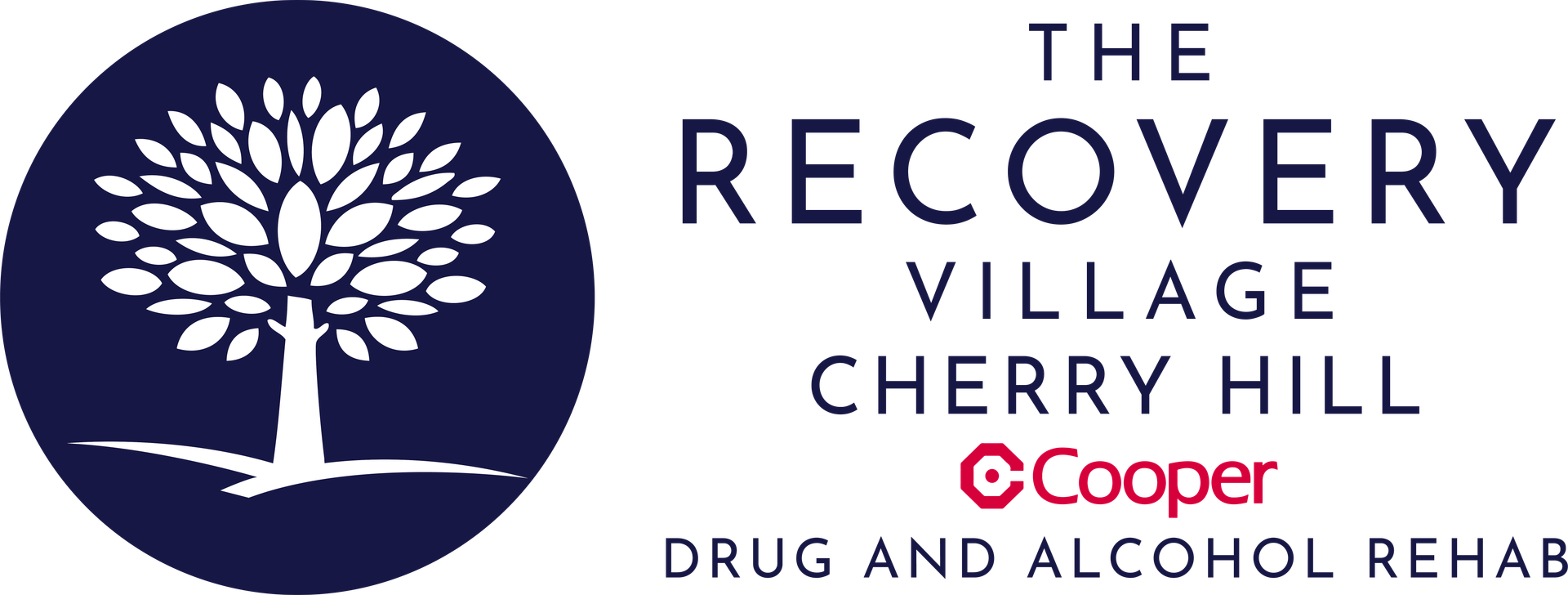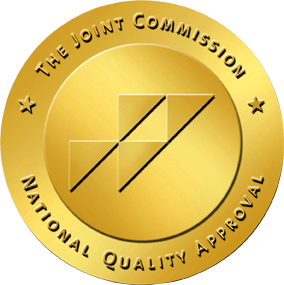Benzodiazepines like Xanax (alprazolam) are commonly prescribed to help manage anxiety and panic disorders. While these medications can be effective for short-term relief, they also carry a high risk of dependence and addiction. As a result, many people who use Xanax may experience withdrawal symptoms once they stop or reduce their dosage, especially if they have been using it regularly or for a prolonged period. Learning about the timeline, potential symptoms, and treatment options for Xanax withdrawal can be an important step toward a safe recovery.
Below, we will explore how addictive Xanax can be, what to expect from withdrawal, and how to navigate treatment options. As you read, keep in mind that every person’s experience is unique, and professional guidance is often recommended when discontinuing Xanax.
How Addictive Is Xanax?
Xanax belongs to a class of drugs called benzodiazepines. These medications work by increasing the activity of gamma-aminobutyric acid (GABA), a neurotransmitter in the brain that has a calming effect. Because of how they influence the brain’s reward and relaxation pathways, benzodiazepines can lead to both physical and psychological dependence.
Why Xanax Can Be So Addictive
- Physiological Dependence: Prolonged use of Xanax can cause changes in the brain’s chemistry. When someone suddenly stops or significantly reduces their dosage, the absence of the drug can trigger withdrawal symptoms.
- Rapid Onset of Action: Xanax is absorbed quickly, providing rapid relief from anxiety and panic symptoms. This quick relief can reinforce repeated use, as individuals may begin to rely on the drug to feel calm or function normally.
- Short Half-Life: Compared to some other benzodiazepines, Xanax has a relatively short half-life. This means its effects wear off sooner, and withdrawal symptoms can start appearing more quickly, prompting some individuals to take another dose to avoid feeling uncomfortable.
- Tolerance: Over time, the body can become accustomed to the presence of Xanax. This leads to tolerance, meaning higher doses are needed to achieve the same effects, which can rapidly escalate into dependence.
Xanax Withdrawal Timeline
The timeline for Xanax withdrawal can vary based on factors like duration of use, dosage, and individual metabolism. However, most people experience withdrawal symptoms in the following general stages:
Recovery Can Be Life Changing
Whether you or a loved one is struggling with addiction, our expert team is here to guide you every step of the way. Don’t wait— reach out today to take the first step toward taking control of your life.
“My life has became something that I’m proud of and something I can be grateful for.“
– Joseph McDermott, The Recovery Village Cherry Hill Alumni
- Early Withdrawal (6–12 hours after the last dose)
- Because Xanax has a short half-life, withdrawal symptoms may begin as early as six hours after the last dose. Early symptoms often include rebound anxiety, insomnia, irritability, and mood swings.
- Acute Withdrawal (1–4 days)
- During this phase, symptoms can peak in intensity. Individuals may experience severe anxiety, panic attacks, restlessness, sweating, increased heart rate, and other physical or psychological symptoms.
- In some cases, more severe symptoms such as seizures may occur, especially if the person abruptly stopped taking a high dose.
- Subacute Withdrawal (1–2 weeks)
- Many withdrawal symptoms start to lessen during this period, but some issues, such as sleep disturbances, irritability, and mood fluctuations, may continue.
- Cravings for Xanax may persist, and it is important to have strategies and support in place to resist relapse.
- Protracted Withdrawal (2 weeks and beyond)
- Certain symptoms, known as protracted withdrawal symptoms or post-acute withdrawal syndrome (PAWS), can last for weeks or even months. These can include residual anxiety, depression, mild insomnia, and occasional cravings.
Because the withdrawal process can be intense and unpredictable, it is often recommended to gradually taper off Xanax under medical supervision rather than stopping abruptly.
Xanax Withdrawal Symptoms
Xanax withdrawal symptoms range in severity from mild to life-threatening. They often mirror the symptoms for which Xanax was originally prescribed (such as anxiety and panic) but can also include other physical and psychological problems. Common withdrawal symptoms include:
- Rebound Anxiety and Panic: Heightened anxiety levels or panic attacks, which may be more intense than prior to using Xanax.
- Insomnia and Sleep Disturbances: Difficulty falling or staying asleep; restless or fragmented sleep.
- Mood Swings: Irritability, anger outbursts, or depressive episodes.
- Physical Discomfort: Muscle tension, headaches, chills, sweating, and gastrointestinal issues (e.g., nausea and vomiting).
- Tremors and Shakiness: Hands, legs, or other body parts may shake, particularly when trying to relax.
- Cognitive and Perceptual Changes: Difficulty concentrating, memory issues, or sensations that feel like a “fog” in the brain.
- Increased Heart Rate and Blood Pressure: The body may exhibit signs of stress, such as racing heartbeat.
- Seizures: In severe cases, especially if the dosage was high or stopped abruptly, seizures may occur.
Given the risk of severe complications, it is critical to approach Xanax discontinuation safely, ideally with professional support.
Factors That Affect Xanax Withdrawal
Xanax withdrawal is influenced by a variety of factors, which can cause significant differences in how quickly or intensely symptoms appear. These factors include:
- Polydrug Use: Using other substances—especially alcohol or opioids—alongside Xanax can complicate withdrawal and increase the risk of dangerous side effects.
- Dosage and Frequency of Use: People who take higher doses more frequently are more likely to experience severe withdrawal symptoms and a prolonged withdrawal period.
- Duration of Use: Long-term Xanax use can lead to a higher degree of physical dependence, making the withdrawal process more challenging.
- Method of Quitting: Whether you taper off Xanax gradually or stop abruptly can significantly impact the severity of symptoms. A professional tapering schedule is often recommended to minimize discomfort.
- Individual Health Profile: Factors like metabolism, body weight, overall health, liver function, and co-occurring disorders (e.g., anxiety, depression, substance use) can all shape your experience of withdrawal.
What Dosage of Xanax Causes Withdrawal?
Withdrawal can occur regardless of the Xanax dose if you have been taking it regularly for a period of time. Generally speaking, the higher your daily dose and the longer you have used the drug, the more likely you are to experience withdrawal upon cessation.
- Low to Moderate Doses: Even at doses prescribed by a doctor (e.g., 0.25 mg to 1 mg taken a few times a day), people can develop physical dependence over time.
- High Doses: Individuals taking multiple milligrams of Xanax each day have a higher risk of severe withdrawal.
- Patterns of Use: Taking Xanax consistently and then suddenly stopping or significantly reducing the dose is the primary driver of withdrawal symptoms, regardless of the exact amount.
No matter how much Xanax you are taking, it is best to consult a medical professional before making any changes to your dosage.
Is It Safe to Detox from Xanax at Home?
Detoxing from Xanax “naturally” or at home may seem appealing, but there are potential risks involved, especially if you have been using Xanax at high doses or for a long period. Seizures, severe panic attacks, psychosis, and other complications can arise if withdrawal is unmanaged.
- Medical Risks: Abruptly stopping Xanax without medical supervision can result in life-threatening seizures and dangerously high blood pressure.
- Tapering Protocols: A slower, controlled taper guided by a medical professional can help reduce the intensity of withdrawal symptoms and monitor for complications.
- Comfort and Support: In a professional detox setting, patients receive comprehensive support, including nutritional guidance, hydration, and medications to ease specific symptoms.
For your safety, it is advisable to seek professional help when discontinuing Xanax. At The Recovery Village Cherry Hill at Cooper, our medical detox programs are designed to provide a safe environment where withdrawal can be managed carefully and effectively.
Medications Used to Treat Xanax Withdrawal Symptoms
While tapering off Xanax is often the first step in minimizing withdrawal severity, certain medications may also be used to ease specific symptoms or reduce risks:
- Long-Acting Benzodiazepines (e.g., Diazepam, Chlordiazepoxide): In some cases, a medical professional may switch a person from Xanax to a longer-acting benzodiazepine. This helps stabilize blood levels of the drug and reduce withdrawal intensity.
- Anticonvulsants (e.g., Gabapentin): These may be prescribed to help manage neurological symptoms and reduce the risk of seizures during withdrawal.
- Beta-Blockers (e.g., Propranolol): Beta-blockers can help alleviate physical symptoms related to stress and anxiety, such as a racing heart or tremors.
- Antidepressants: For those experiencing severe depressive symptoms, antidepressants can be introduced to help stabilize mood during withdrawal.
- Supportive Therapies: Over-the-counter pain relievers, anti-nausea medications, and other supportive care can also be used to increase comfort during the process.
All medication-based strategies should be carefully supervised by a medical professional to ensure safety and adjust dosages as needed.
Xanax Withdrawal Treatment
Treating Xanax withdrawal is a multi-step process that typically involves medical, psychological, and social support components. Key elements of an effective treatment plan may include:
- Medical Detox: In a medical detox environment, patients have 24/7 access to healthcare professionals. This ensures that any severe symptoms or complications can be addressed promptly.
- Therapeutic Support: Individual counseling and group therapy can help you learn coping skills, manage cravings, and address any underlying mental health conditions that contributed to Xanax use.
- Aftercare Planning: As acute withdrawal subsides, a long-term plan often involves continued psychotherapy, support groups like 12-step programs, and possible outpatient or inpatient rehab. Consistent monitoring and check-ups can help prevent relapse and maintain progress.
- Dual Diagnosis Treatment: Many people with substance use disorders also struggle with co-occurring mental health issues such as anxiety, depression, or PTSD. Dual diagnosis treatment ensures both conditions are addressed simultaneously, improving overall outcomes.
At The Recovery Village Cherry Hill at Cooper, we offer a comprehensive continuum of care. From medical detox and residential treatment to outpatient programs and aftercare, our treatment approach is designed to meet each person’s specific needs.
Coping with Xanax Withdrawal Symptoms
While professional treatment is highly recommended for anyone going through Xanax withdrawal, there are coping strategies that can be helpful whether you are in a clinical setting or transitioning back to daily life:
Healthy Routine
Establish regular sleep schedules, balanced meals, and daily exercise (where possible) to support your body during recovery.
Mindfulness Practices
Techniques like meditation, deep breathing exercises, or gentle yoga can reduce stress and help regulate mood.
Therapeutic Support
Engage in individual or group therapy to develop coping skills for anxiety, panic, and other emotional triggers.
Social Support System
Whether it is family, friends, or a supportive community group, having people around you who understand your journey can reduce feelings of isolation.
Avoiding Triggers
If certain people, places, or situations increase your urge to take Xanax or other substances, develop a plan to avoid or manage these triggers.
Medication Management
Adhere to any medications prescribed by your treatment team to help alleviate withdrawal symptoms. Talk to your provider about any side effects or concerns.
Stress Reduction Techniques
In addition to mindfulness, find other healthy outlets for stress like art therapy, journaling, or light physical activities that bring you enjoyment and relaxation.
Quit Xanax Today and Get Your Life Back
If you’re seeking addiction treatment for yourself or a loved one, The Recovery Village Cherry Hill at Cooper is here to help. Our facility is conveniently located within the heart of New Jersey, under 20 minutes from Philadelphia. We have a full range of treatment options, including medical detox, inpatient care, partial hospitalization programming and intensive outpatient services. We offer a state-of-the-art inpatient facility and have specialized options for trauma, including EMDR and a specialty track for veterans and first responders.
If you or a loved one are ready to begin the journey toward a substance-free life, we’re standing by to take your call. Reach out to our Recovery Advocates to learn more about our treatment programs and find a plan that works well for your specific needs and situation.









